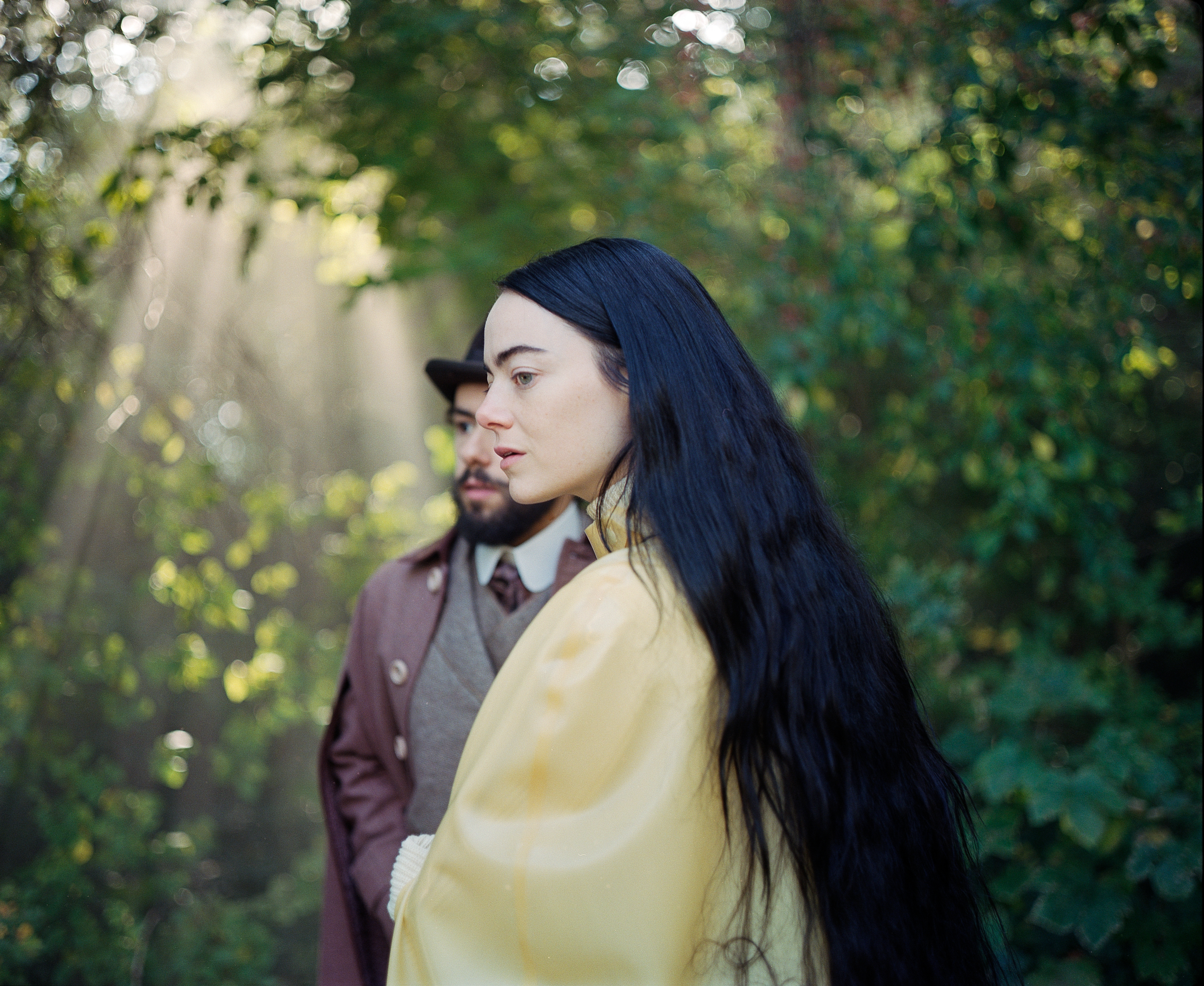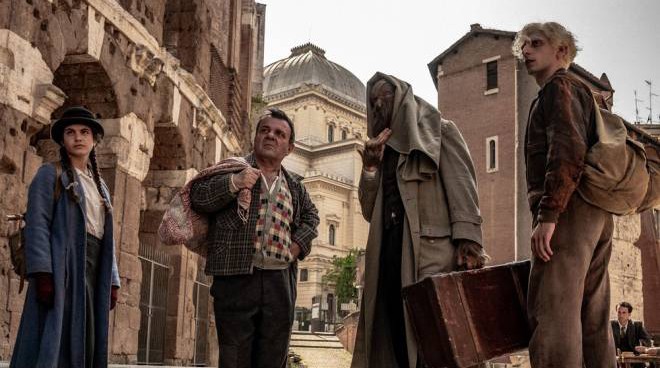Poor Things - how to save a festival
With Poor Things, Yorgos Lanthimos embarks on a great enterprise, and tames the unobedient element of adaptation with an endeavour crowned by success.
The pathless seas of the literary adaptation are a hard traversty in most cases: translating word to image often twists its meaning in a manner that is perceived as impoverishment. This is especially the case with Alasdair Gray’s novel, a work with an unreliable narrator that seems to be conjuring up a story according to the canons of the gothic literary genre. Lanthimos chooses to remove the unreliability, but simultaneously enrichens the film with a deeply studied stylistic construction and an overarching palpable literary referentialism.
There is no more relevant gothic work than Mary Shelley’s Frankenstein, frequently echoed: Willem Dafoe’s Dr. Godwin Baxter is seemingly an incarnation of Victor Frankenstein, in the body of his own creature. A skilled experimental surgeon, Godwin brings to life Bella, a woman in an adult body but with the mind of a child. Her origins remain a mystery, until Godwin clarifies his experiment and his intentions: not to overarch the laws of nature, as it occured in Mary Shelley, but simply to “see what happens”. A scientific experiment stripped of its morals, of its ambition.
The choice of depicting the film as a single, unambiguous storyline heightens the centrality of Emma Stone’s fascinating character, Bella Baxter, a woman who starts off entirely unaware of the world around her and discovers it through her adventure with Mark Ruffalo’s hilarious dandy womanizer Duncan Wedderburn.
It is impossible to not see resemblances between Bella’s journey and that of another literary hero, Candide from Voltaire’s philosophical novel of the same name. Much like Candide, Bella also starts off with a dogmatic and reductive understanding of the world and soon discovers its brutality. It is no coincidence that Lisbon plays a pivotal role in both works – albeit slightly differently – and that the ultimate outcome of Bella is to “cultivate her garden”, as it happens to Candide. To reinforce the parallel, in a key moment of the film, Bella is asked why is he not leaving Duncan, and she answers: “I always hope it will be better”, proving an optimistic attitude that she shares with Voltaire’s protagonist.
Lanthimos estabilished a very characteristic visual language and aesthetic during his previous features, a visual poetry inherited by several of the so-called Greek Weird Wave filmmakers. With Poor Things, he almost entirely leaves behind most of that. Sets are no longer locations but entirely built on stage and purposefully irrealistic, such as the beautiful structures built for the city of Lisbon, the interiors of the steam cruiser – which appears to sail backwards, the skies are impressionistic, the colours vibrant (except for the black and white segments), whereas in The Lobster or The Favourite they were rather desaturated. Even the score, previously relying on classical or baroque music, is now primarily electric. A drastic shift that makes this Lanthimos film spectacular and unique in his filmography.
While much of the storyline of Poor Things is devoted to the study of moral questions, of social rules and their breaking, as was the case with Lanthimos’ previous works, there is an added layer of genre and aesthetic study that was almost absent, if not faintly present in The Kiling of the Sacred Deer. The artificiality of the aesthetics is not merely a formal enhancement but it is integral to a story that is essentially about artificiality, through the eyes of an artificial creation. Poor Things is ultimately a gothic novel put on screen, a visualised philosophical allegory with an existentialist scope. It is a prometheic work for Lanthimos, that paves unpredictable new paths for his career, and an incredible, unique cinematic piece of art.


Comments
Post a Comment